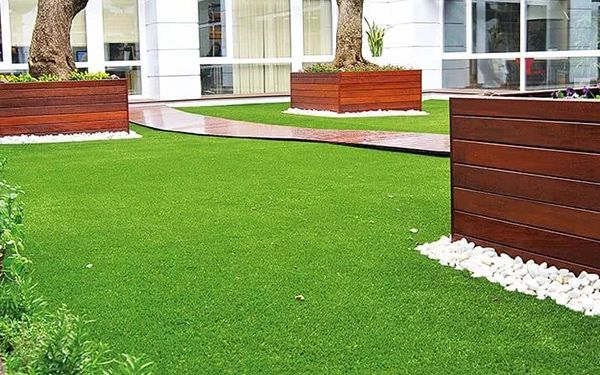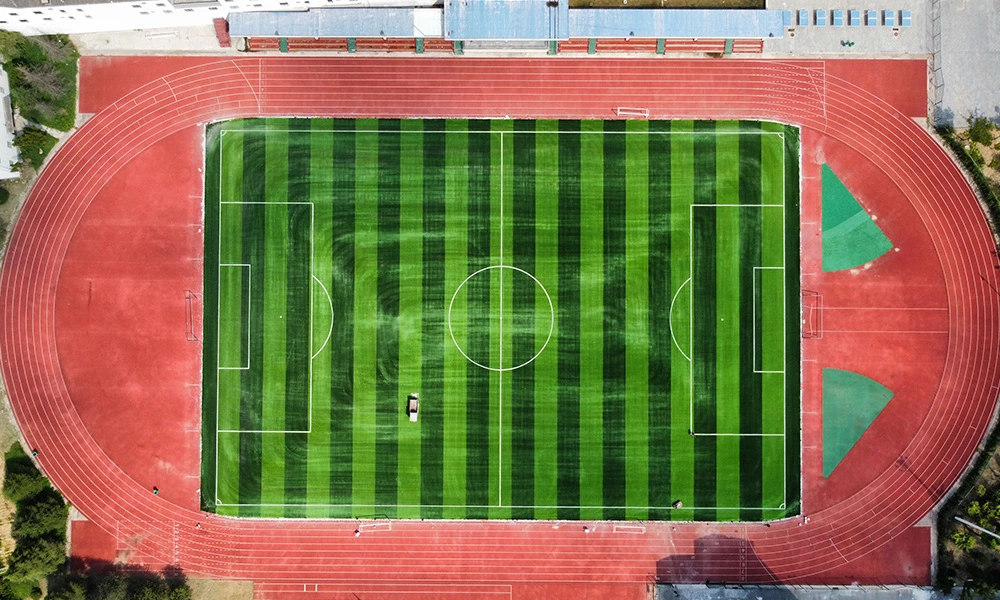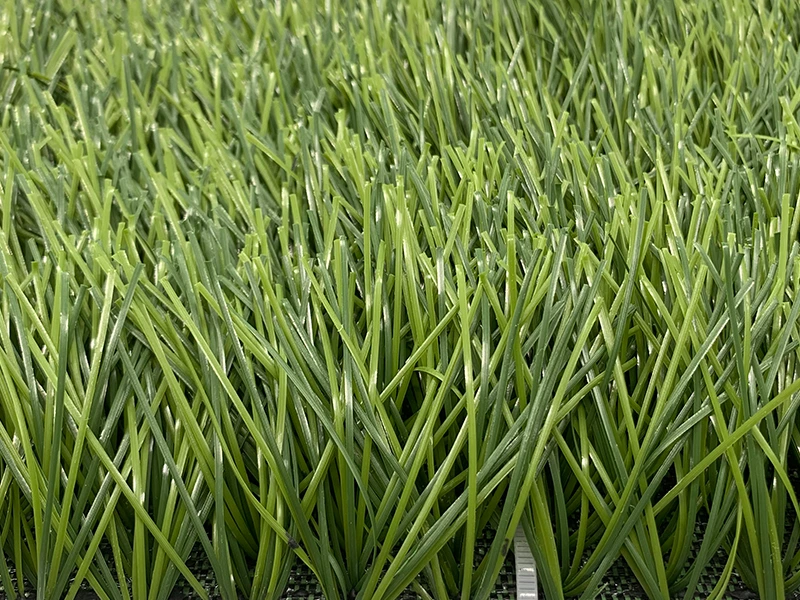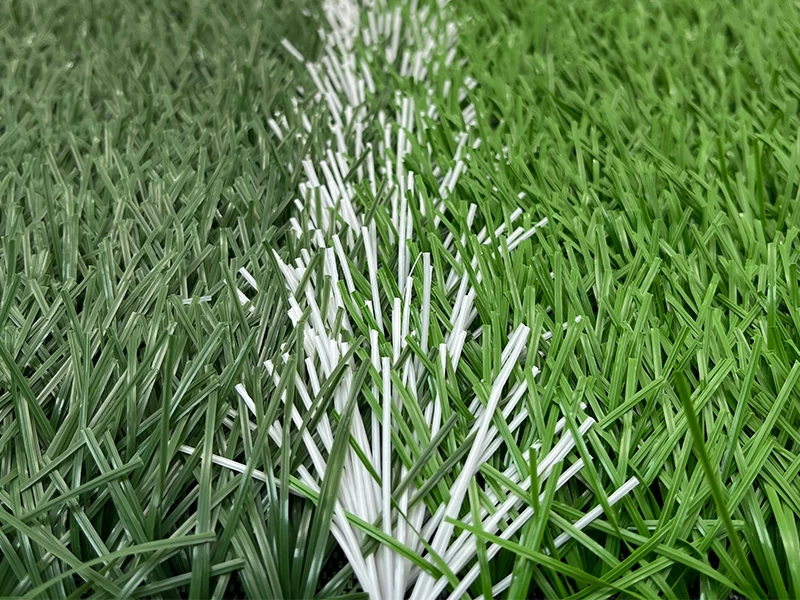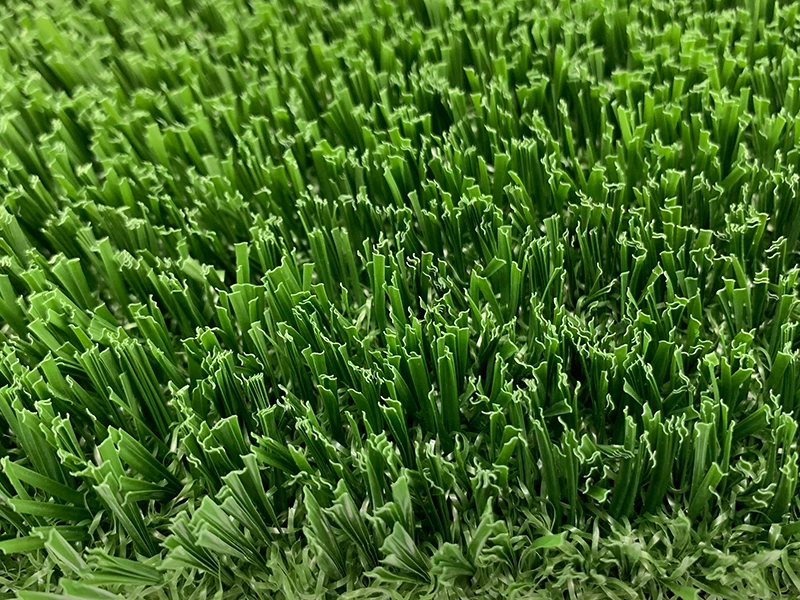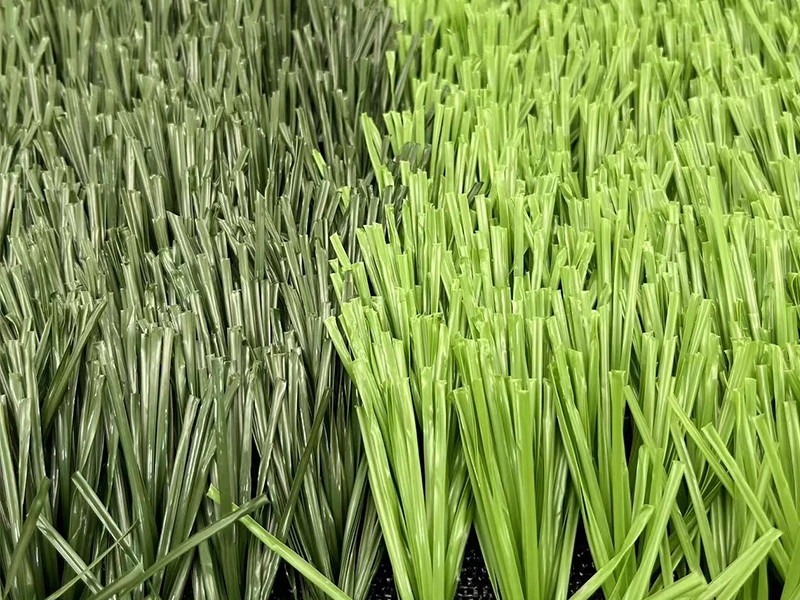What is a good density for artificial grass?
The density of artificial turf refers to the number of grass fibers per square meter, which directly affects the feel, appearance and performance of artificial turf. Generally speaking, the density of a good artificial turf should be between 16,000 and 20,000 grass filaments.
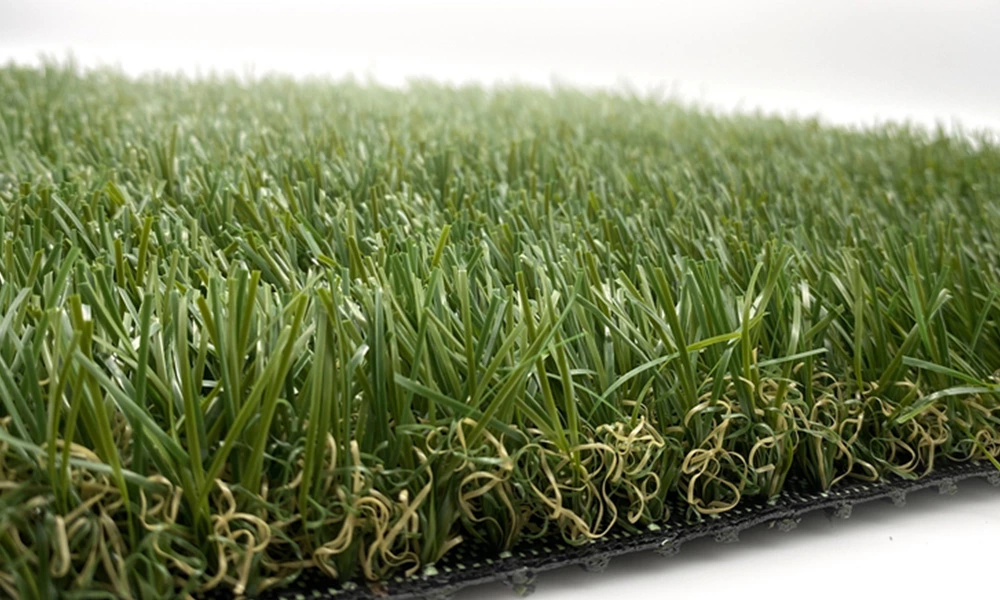
Specifically, a higher density of grass filaments results in a denser, lush lawn appearance that is more like a natural lawn. This not only improves the aesthetics of artificial turf, but also increases comfort and softness, making it feel more like natural grass. At the same time, higher density can also improve the wear resistance and durability of artificial turf, reduce friction and wear between grass filaments, and extend the service life of the turf.
Too low a density of grass fibers may cause the artificial turf to appear sparse and loose, affecting its appearance and comfort. Excessive gaps between grass filaments may make the lawn surface uneven, which is not conducive to sports and activities. It is also prone to water and mud accumulation, making cleaning and maintenance more difficult.
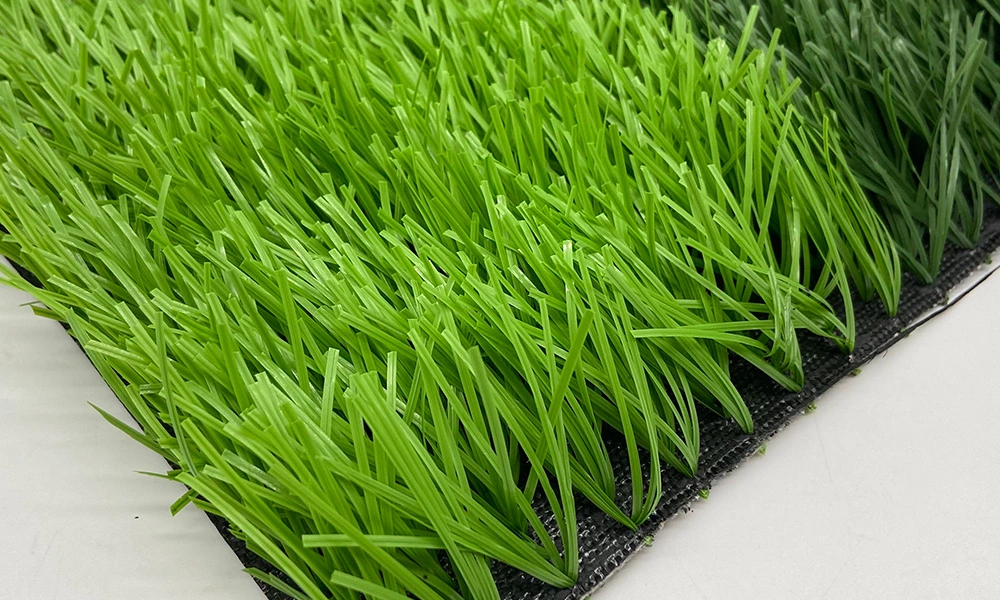
When selecting artificial turf, you should consider the impact the density of the grass fibers will have on the appearance, performance, and durability of your turf. Different scenarios have different choices (commercial or sports fields). It is generally recommended to choose a density of 16,000 to 20,000 grass filaments to ensure that the lawn has a good touch, appearance and durability. At the same time, the weighing and selection should be based on the specific use needs and budget. .
